D-side workshop
We really enjoyed being visited by Dave from D-side this week.
He taught us all about the harmful effects smoking and alcohol can have on our bodies.
We learnt about how attitudes have changed towards smoking over the years. The media has moved away from trying to persuade people to buy cigarettes, to now warning them about the dangers of this choice. We found out that smoking damages the lungs and breathing, making it difficult for people to play their favourite sports. We were amazed to find out that 4000 chemicals go into one small cigarette!
We then thought about how alcohol can affect the brain, causing parts of our body to lose their regular function. As messages to the brain become slower, this makes people much more at risk.
The children then thought about what we can do and say in situations where our peers put pressure on us to try substances we know are bad for our bodies. They came up with some fantastic and very sensible suggestions, w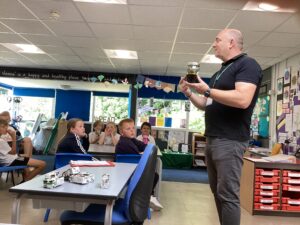 ell done Years 3 and 4!
ell done Years 3 and 4! 
Extreme temperatures forecast
We all know about the extreme temperatures forecast for the first part of next week. The Department for Education is not advising that schools close; instead they have issued guidance to schools.
Please note there is a possibility we may need to close early, or invite you to collect your child from 1.30pm. We’ll let you know if this is the case as soon as we can.
Apologies: we haven’t advised on this earlier as we’ve been waiting more guidance and continued monitoring of weather forecasts. (And a lot depends on the day: a strong breeze, like today, will help make the next couple of days bearable, if there is one.)
In case you missed Friday’s message, the guidance sets out sensible points to follow – make sure you consider each of the following:
- make sure your child comes to school with a large bottle (it could have water previously frozen)
- your child should wear a sun hat and loose, cool clothing (we’re relaxing the rules around school uniform – replace uniform items with things that are cooler eg open sandals rather than shoes, uniform shorts with lighter PE shorts – try to stay as smart as possible)
- your child should be wearing Factor 50 sunblock when they arrive at school and may apply more during the day
In school, we’ll take as many actions as we can. These will include indoor lunchtimes, avoiding vigorous activity, and avoiding being in large groups in one indoor space for a longer time.
In the holiday mood!
This week, we’ve been thinking about places we’ve visited on day trips and also places we’ve been to on holiday. We’ve discussed trips to the countryside and to the seaside and thought about what makes them different and why. We’ve talked about the beach and what we may find when we visit the seaside and compared it to walks in the countryside where we usually see lots of animals. In our home corner, we set up an ice cream parlour and took orders for different flavours and we also made some silly ice creams from foaming soap and paper straw sprinkles (not to be eaten, of course). We thought about postcards, what they look like and why people send them from their holidays. We also made our own passports and added a drawing of ourselves and our names so we can travel. At the end of the week, the children created a magic imaginary bus and they all had a go at being the driver. Our steering wheels from a couple of weeks ago came in very handy!
In phonics, we’ve continued to segment words containing 3 phonemes into individual sounds and have also orally blended sounds together to make short words. In maths we’ve been using positional language to describe where a variety of soft toys have been sitting in the classroom.
Next week, we’re all going to be pirates so we’ve started making our own telescopes in preparation to sail the high seas. Maybe we’ll see some magical creatures on our journey or, perhaps, find some treasure… Hoist the mainsail and off we go!
As the temperatures continue to rise and the beginning of next week looks like it will be extremely hot, please make sure you send your child to nursery with the following items: a water bottle, a sun hat, high factor sunscreen (to be applied before nursery) and loose clothing (please note that uniform is optional in nursery).
Many thanks.
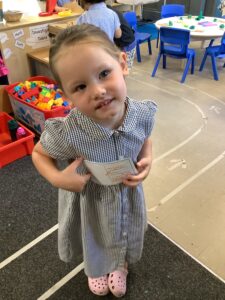
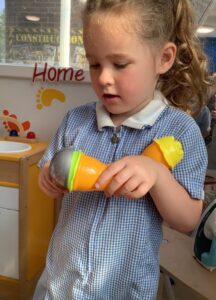
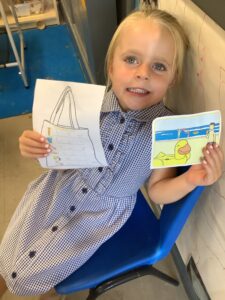
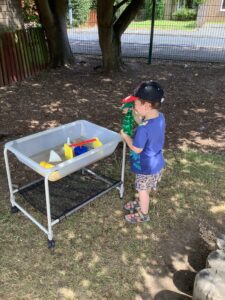
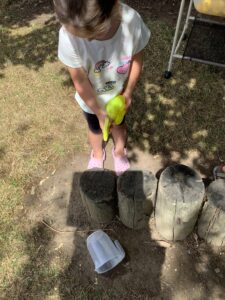
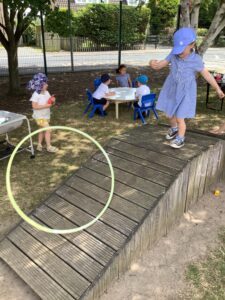
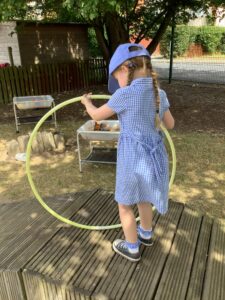
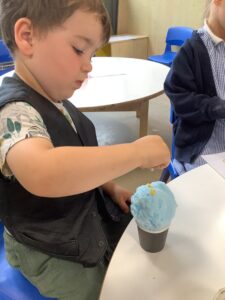
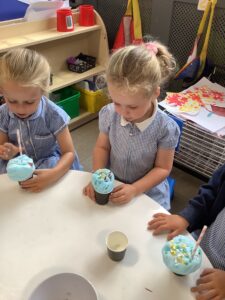
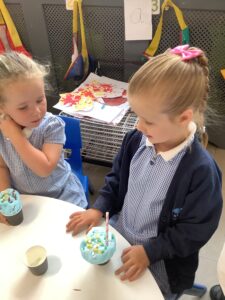
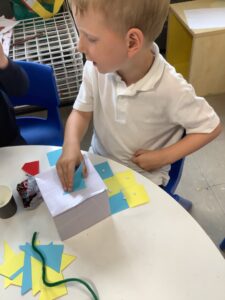
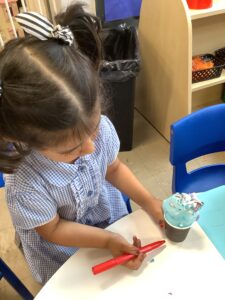
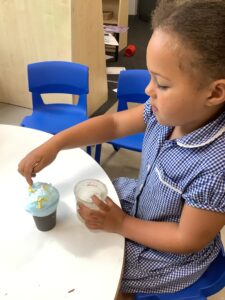
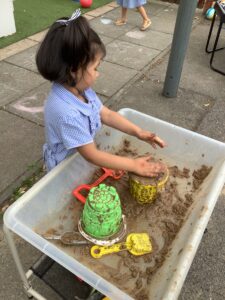
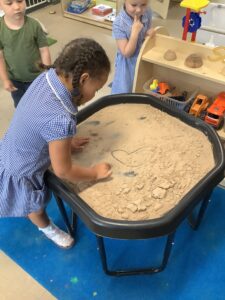
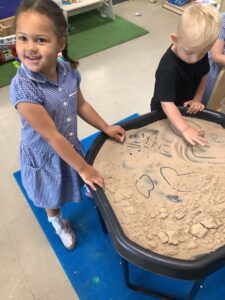
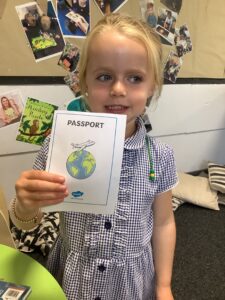
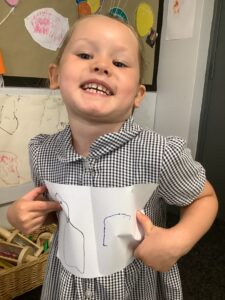
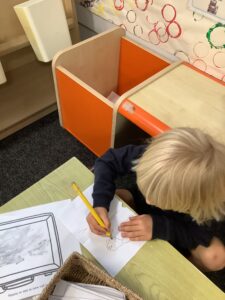
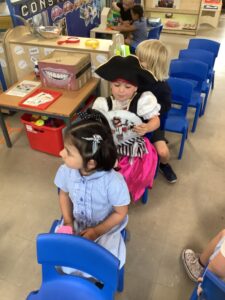
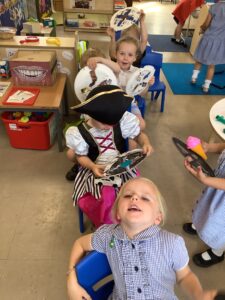
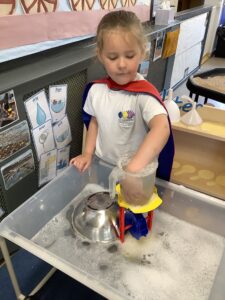
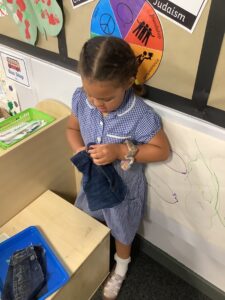

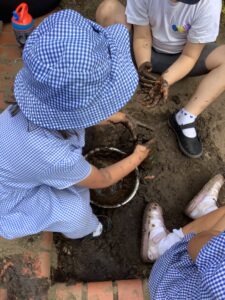
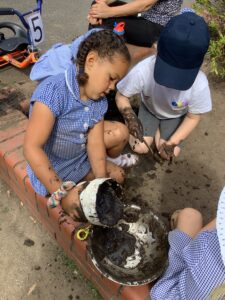
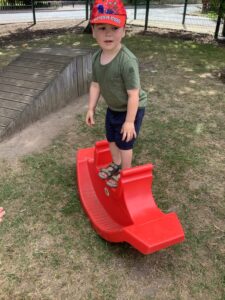
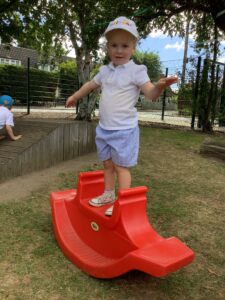
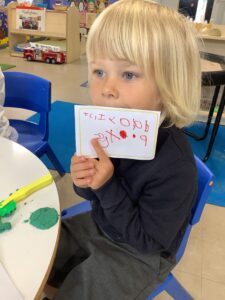
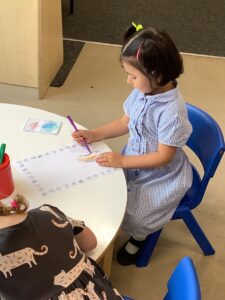
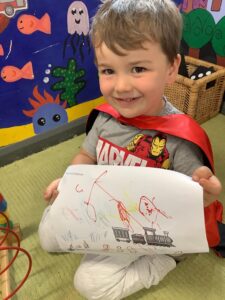
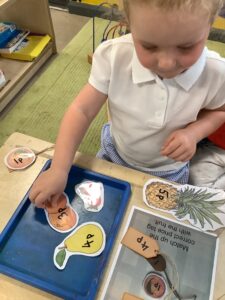
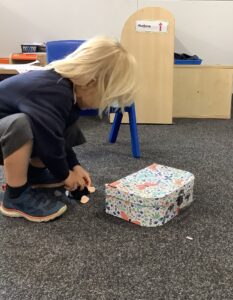
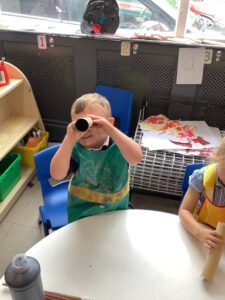
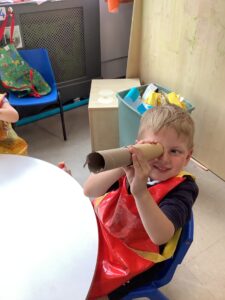
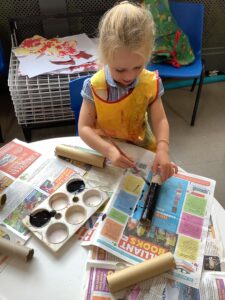
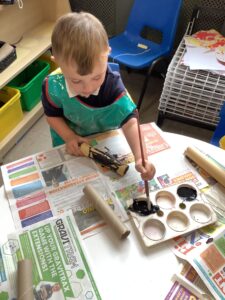
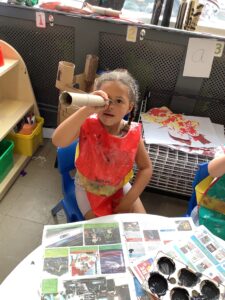
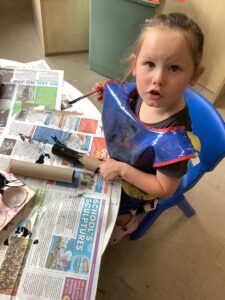
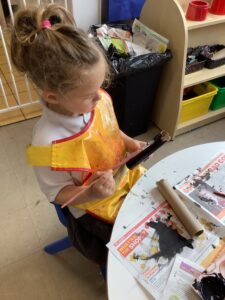
This week’s message (Friday 15 July 2022)
It’s our penultimate message of the year… This one’s mainly about the Summer Fayre and our recent SIAMS inspection. There are also two links to other things if you’re interested.
Before we start the message, a note about extreme temperatures forecast for the first part of next week. The Department for Education is not advising that schools close; instead they have issued guidance to schools. The guidance sets out sensible points to follow – make sure you consider each of the following:
- make sure your child comes to school with a large bottle (it could have water previously frozen)
- your child should wear a sun hat and loose, cool clothing (we’re relaxing the rules around school uniform – replace uniform items with things that are cooler eg open sandals rather than shoes, uniform shorts with lighter PE shorts – try to stay as smart as possible)
- your child should be wearing Factor 50 sunblock when they arrive at school and may apply more during the day
In school, we’ll take as many actions as we can. These will include indoor lunchtimes, avoiding vigorous activity, and avoiding being in large groups in one indoor space for a longer time – this might mean we have to postpone or cancel productions.
Summer Fayre – thank you!
Thanks to everyone who cam along to the Summer Fayre last week – and a big thank you to the PTA for organising such a wonderful event. The total profit was £1203.93 – a magnificent achievement! PTA say: ‘We are so thankful for all of the parents/carers support and we hope you enjoyed it’ – we certainly did!
The school’s vision of creating a ‘happy and healthy place to achieve and believe’ is passionately lived out by the entire school community.
We’re really proud of our recent SIAMS inspection!
SIAMS stands for the Statutory Inspection of Anglican and Methodist Schools – all church schools in England are regularly inspected, mainly to evaluate the extent to which church schools are ‘distinctively and recognisably Christian’. We were last inspected in 2022 and were judged to be good. Read the report.
Highlights include…
Leaders value and believe in each and every member of this community and the nurturing support they provide for individual parents, pupils and staff is transformational.
The vision lies at the heart of the school’s ambitious curriculum, which inspires pupils to believe that they can flourish and achieve.
The school’s vision of creating a ‘happy and healthy place to achieve and believe’ is passionately lived out by the entire school community.
Through his inspirational example of servant leadership, the head of federation is transforming this school, day by day, into a place where everyone is nurtured and supported to enable them to live ‘life in all its fullness’.
The head of school has worked tirelessly since her appointment to develop the school’s partnership with parents and carers. Exceptional care and support have been provided for individual parents when needed
Leaders and staff know each child and parent as an individual and they are therefore able to quickly recognise any barriers or challenges their families may be facing.
Governance
Governing bodies aren’t required to produce an annual report; however, Sphere Federation governors believe communicating with our school community is important. Check out their annual governance statement.
Summer Fun
Breeze is for all children and young people aged 0-19 from Leeds (and their families) who are looking for positive things to do. Although Breeze is run by Leeds City Council, the information they list comes from all sorts of organisations and partners working positively with children, young people and their families in Leeds, not just the council. Check out the 27 days of fun: Breeze in the Park.
Have a good weekend. Next week, look out for the return of our Summer competition!
Almost there!
This week has been a ‘chilled’ week compared to last week. We’ve enjoyed spending some quality time in the areas and making the most of our last days in Reception.
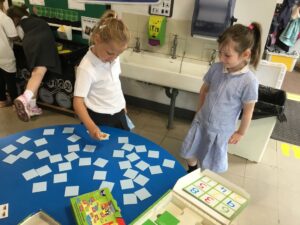
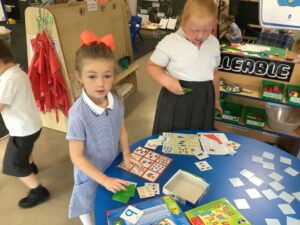
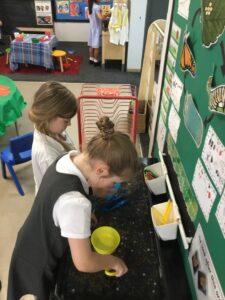
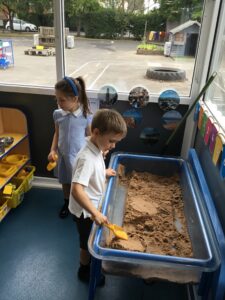
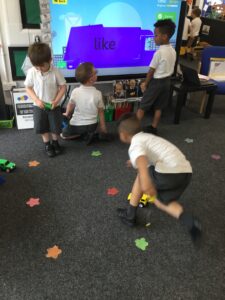
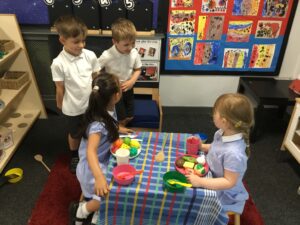 Again, we’ve been super impressed with their amazing writing! They love talking about what they can see and writing sentences about the interesting pictures. For example, this was Thursday’s ‘weird and wonderful’ picture…
Again, we’ve been super impressed with their amazing writing! They love talking about what they can see and writing sentences about the interesting pictures. For example, this was Thursday’s ‘weird and wonderful’ picture…

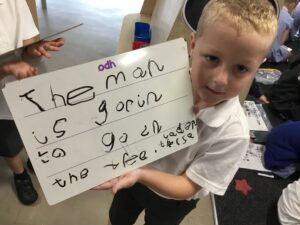
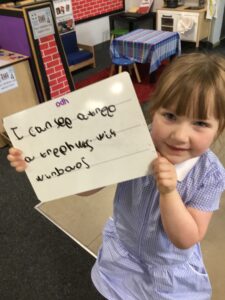

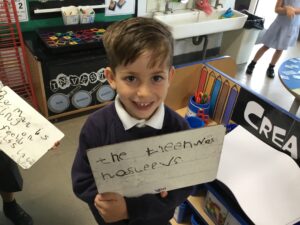
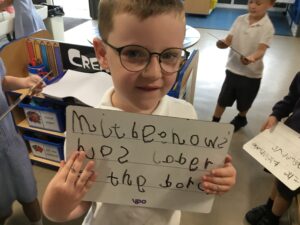
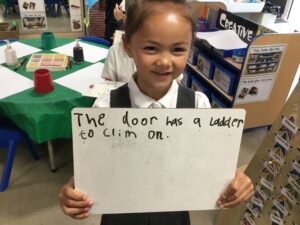
Yesterday, they enjoyed getting to know their new class teachers and exploring in the Year 1 classroom. Mrs Palmer sent me some lovely photos of them having fun in the sun.

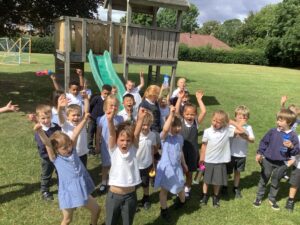
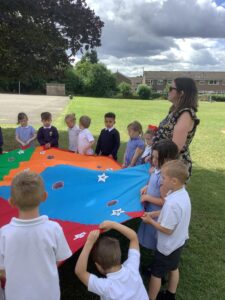 In this week’s Living and Learning session, we talked about keeping safe around medicine and harmful substances. We sorted items that we can and can’t put into our bodies.
In this week’s Living and Learning session, we talked about keeping safe around medicine and harmful substances. We sorted items that we can and can’t put into our bodies.
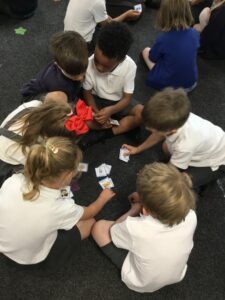
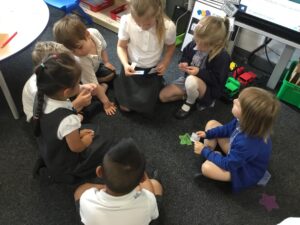
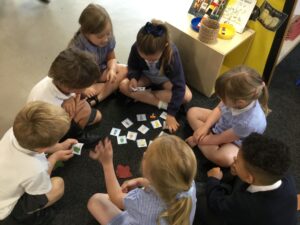
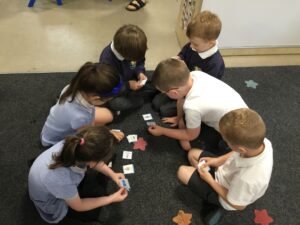
Home-Link Challenge
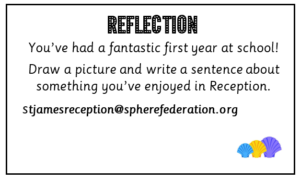
I hope you all have a happy and healthy weekend.
See you next week for your final week in Reception.
15 July 2022
Here are the final spellings of the year!
Please learn the following words:
- photography
- structurally
- teleportation
- calligrapher
- traction
- infectious
- nutritious
- fictitious
15 July 2022
This final Talk Time of the academic year relates to your end-of-year report.
I can talk with adults at home about my report, recognising successes and strengths.
It’s important to remember that your achievements come in many forms. Your key strengths could relate to your learning behaviour, your attainment in a particular subject or your speed of progress.
This is also a great opportunity to apply your understanding of the 8Rs for learning:
- responsive
- ready
- (safe) risks
- responsible
- resourceful
- resilient
- remember
- reflect
Being reflective will be the most prominent of the 8Rs in your conversations as you’ll identify successes recognised by your teacher in the report but also other strengths that you’re aware of. Consider which of the other 8Rs you currently excel at the most. Perhaps you’re a very responsible individual who always demonstrates good learning behaviour. Maybe you’re extremely resilient and have a never-give-up attitude. It could be that you’re very resourceful, using what’s around you to support your learning and not always seeking help right away.
Tropical World
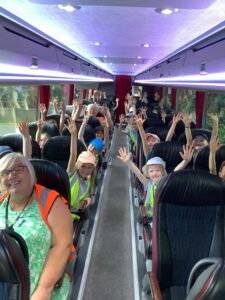
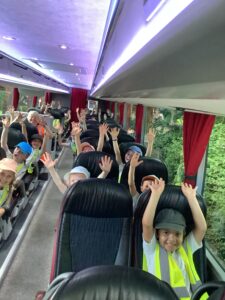
We have had a fantastic day at Tropical World. We saw lot of different animals – butterflies, a crocodile, fish, tarantulas, frogs, bearded dragons, iguanas, meerkats, birds, snakes and lots more.
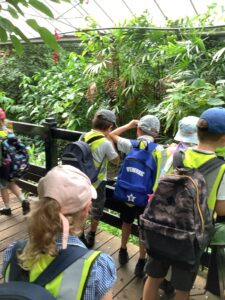
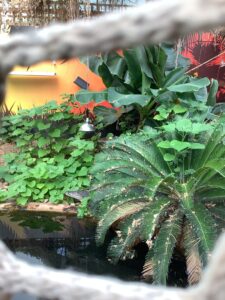
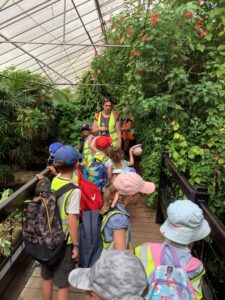
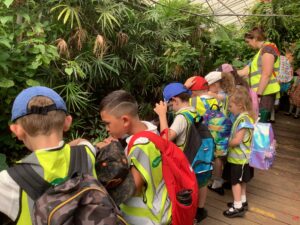

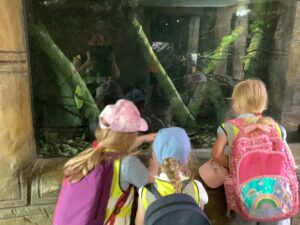
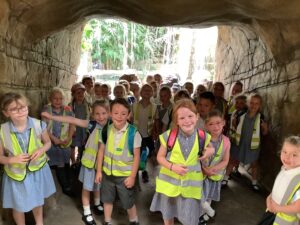
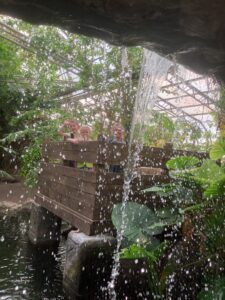
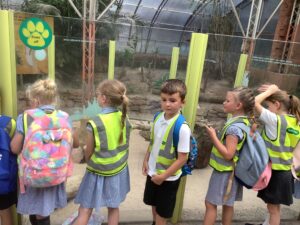
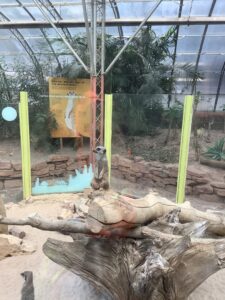
We enjoyed a nice ice-cream in the sunshine and a picnic before we began our afternoon workshop.
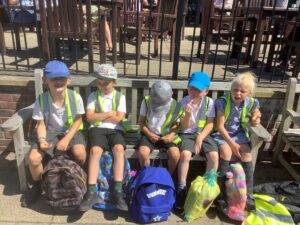
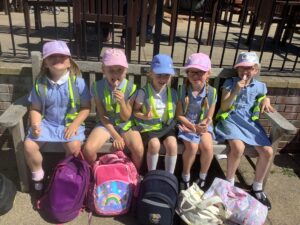
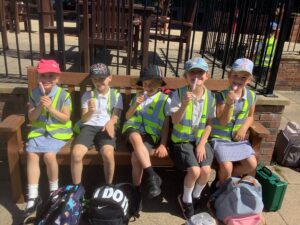
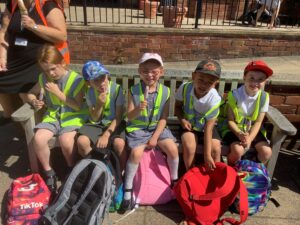
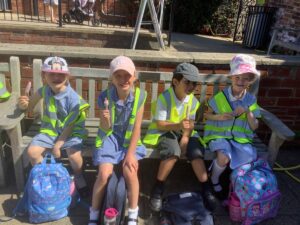
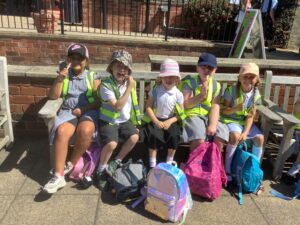
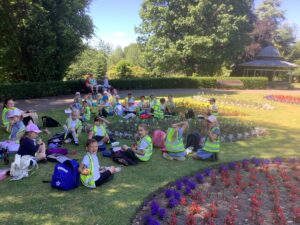
In the workshop we learnt how to measure the height of a tree by laying metre sticks on the ground and how to calculate the age of a tree. We thought of different animals that live in trees too. Spiders, owls, ants, bees, beetles and bats were just some of the animals we thought of.
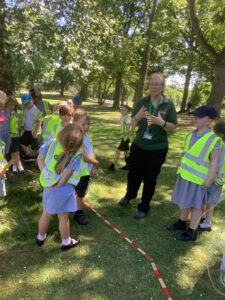
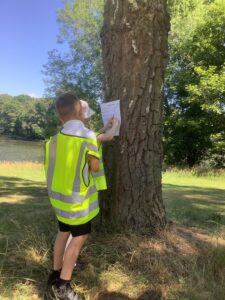
We also learnt how different animals adapt to their habitat. Meerkats have long tails to help them balance and check for prey. They have black rings around their eyes for protection from the sun and 2 eye lids – the second pair of eye lids are see through to stop sand getting in their eyes when they are digging. We also learnt that chameleons have a curly tail to wrap around things like trees and they change colour depending on their mood.
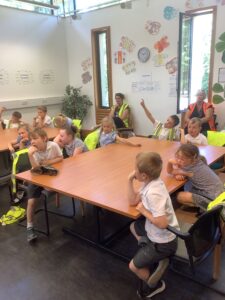
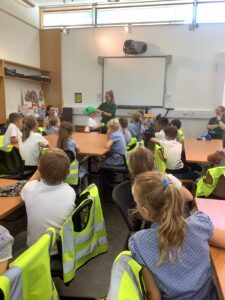
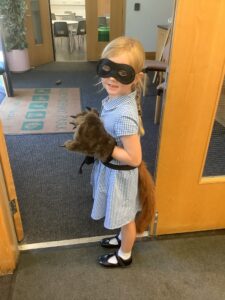
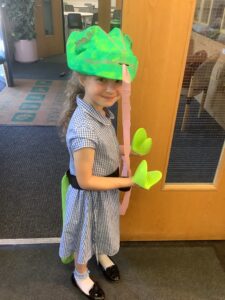
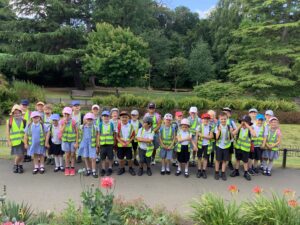
Well done Y12, you were amazing!
Relationships and Sex Education
Over the past few weeks, we’ve been learning about how our bodies change as we go through puberty and become an adult. We looked at the similarities and differences between male and female bodies and how to keep clean.
“I’ve learned that we grow hair in different places on our body.”
“I found out that girls have periods every month.”
“It was good to learn about how to keep clean and find out there are different deodorants.”
“It was helpful to look at different sanitary towels.”
This week’s bible story
Joseph’s brothers lie about his death. Genesis 37:17-33
In the bible, there is a story about Joseph and his technicoloured dream coat. Joseph had 12 older brothers who didn’t like him very much. His father, however, loved him very much and would often say how we was his favourite. Joseph had lots of dreams and he liked to tell his brothers all about his dreams.
Joseph’s brothers were fed up with listening to his dreams. Why was he always the star in them? Why did he always think that he was so much more important than they were? Jacob, Joseph’s dad, heard their grumbles and decided to keep Joseph at home on the farm with him, while Joseph’s brothers were sent off into the fields to look after the sheep.
Then, Jacob did something that made Joseph’s brothers even more cross! He gave Joseph a special coat made of brightly coloured cloth. Joseph’s brothers were jealous and angry. They didn’t think it was fair that Joseph should be treated differently from them; they were upset that Joseph was their dad’s favourite.
Do you think Joseph’s brothers were right to be jealous?’
Joseph’s brothers were so cross that they began to plan to get rid of Joseph.
One day, when Jacob sent Joseph to take food to his brothers in the fields, the brothers grabbed Joseph and threw him down an old well! While they were considering what to do next, they heard the sound of people travelling along the dusty road. As they looked in the direction of the noise, they saw some travellers who were on their way to Egypt, with their camels loaded with spices that they hoped to sell there. What luck! This was a perfect way of getting rid of Joseph forever
. The brothers quickly pulled Joseph out of the well and handed him over to the travellers. Then, they watched as Joseph disappeared along the dusty road. Poor Joseph! His life had become a nightmare; perhaps he would wake up soon, and discover that it had all been a bad dream.
The brothers had got rid of Joseph, but what could they tell their dad? To try to cover up what they had done, they put some animal blood on Joseph’s special coat and took the coat home to show their dad.
‘Look what we found!’ they said to Jacob.
Jacob saw the coat and thought Joseph must have been killed by a wild animal. He cried and cried. The brothers tried to comfort him, but it was no use.
Reflection:
Do you think the brothers felt sorry and sad when they saw how much they had hurt their dad?
Do you think they were wrong to do what they did?
Should they have tried harder to like their brother, Joseph?
Should they have been honest with their dad about how they were feeling?
There are times when we don’t find it easy to like everyone. However, we feel, though, it is wrong to deliberately hurt people. It is always better to talk about things and try to sort out any problems between people.
Prayer:
Dear God,
Please help us to care for other people.
Please help us when we feel cross or jealous.
Please help us to talk about our problems with someone we trust.
Amen.